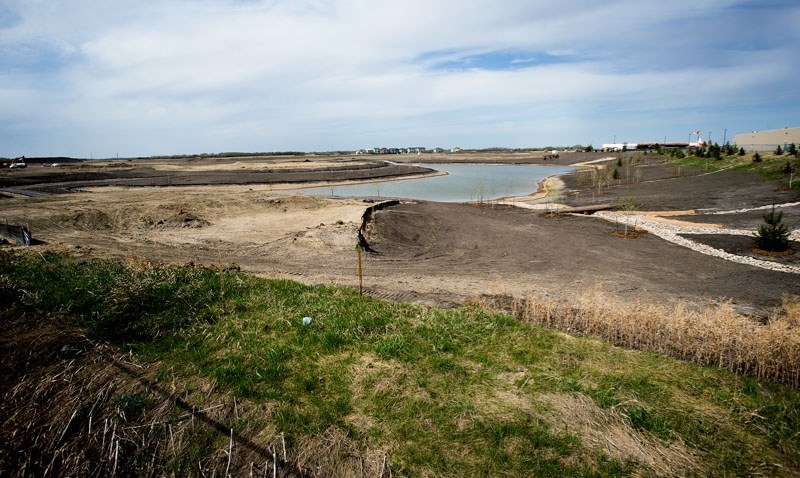The question of whether or not developers should help pay for community infrastructure like libraries and fire halls is moot, say developers.
The real question, they said, is which taxpayer should be responsible for paying for growth – the new resident through levies or the existing one through taxes?
And will homebuyers be priced out of the St. Albert market as a result of these additional development costs?
“A recreation centre is something very regional in its scope,” said Marcello Chiacchia, vice-president Calgary communities at Genstar. “Should the new homebuyer be saddled with an extra charge that an existing resident doesn’t have to pay? Because ultimately that community services levy, we’re going to pass it on to the new home buyer, yet that existing resident still gets the use of that new recreation facility.”
In Calgary, community services charges, which contribute to meeting future emergency services, library, police service, recreational facility and transit needs, amount to $78,850 per hectare (2.47 acres) in 2016.
Given that most new residential areas in Calgary are built out at a density of eight to 12 units per acre (8.5 being the average), this adds $3,942.50 to $2,628.33 on the cost of each new home.
While the research has yet to be done on the amount of St. Albert’s potential voluntary levy, Sue Monson, regional manager at Melcor and the chair of the UDI St. Albert committee, says it could make homes here unaffordable – especially in today’s economy.
“Right now St. Albert is one of the most costly places to buy a home in the region,” she said. "This is, in part, due to having the highest off site levy rate in the region. If we continue to force home prices up, fewer people will buy them, leading to less growth and therefore less people will need swimming pools and arenas.”
St. Albert posts the capital region’s highest offsite levies – a charge to developers by cities to help pay for necessary infrastructure, like roads, water, sewers and other utilities infrastructure.
The lowest off-site levy in St. Albert amounts to $251,806 per hectare. This gets split up and added to the price of a new home, as do construction costs and the cost of purchasing land.
Research from the Urban Development Institute showed that levies and other fees add an estimated $10,000 to the price of a typical entry-level home, now priced at $370,000.
The research suggested that would push home ownership out of reach of 5,700 households – 2,700 singles and 3,000 families of two or more.
“Any discussion about voluntary levies needs to be coupled with the issue of other levies in St. Albert,” said Monson.
In Calgary, developers have been paying into community services for the past decade, as part of an agreement under the city’s off-site levy bylaw.
“What was recognized at the time was that there was so much rapid growth in the city that they were falling a bit behind in raising their own funds to build recreation centres and libraries and such,” said Chiacchia. “They came to the industry and asked if there was willingness from the industry to contribute to that. The industry stepped up.”
The thinking behind a potential voluntary levy in St. Albert is similar. The city is being asked to front the $40 million needed for Project 9, a sewer line that is essential to future development, and fears it won’t keep pace with growth when it comes to community services.
The problem, said Chiacchia, is that taxes – “and in essence that’s what it is, whether you call it a levy or a tax or a user fee” – rarely get reduced or eliminated.




